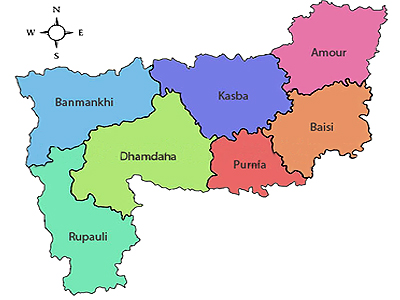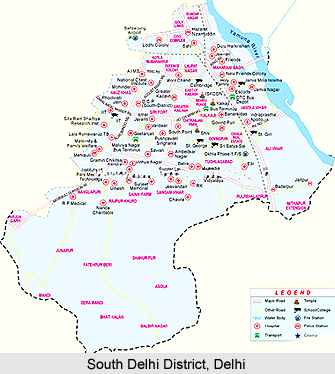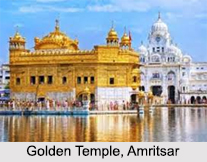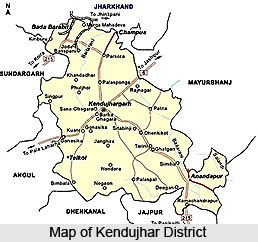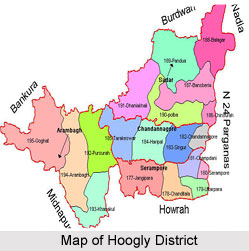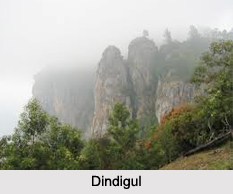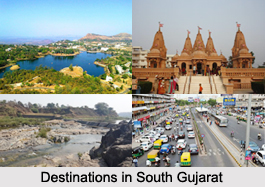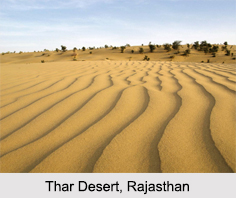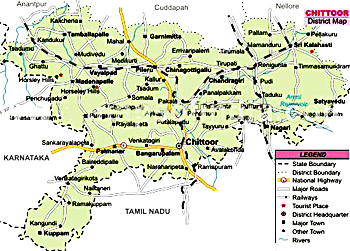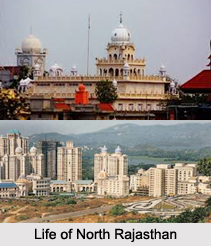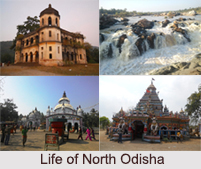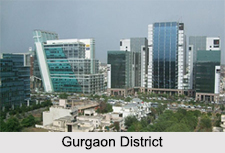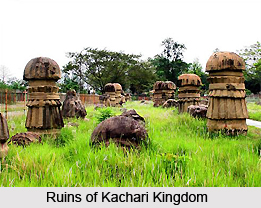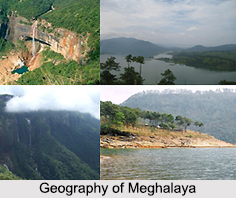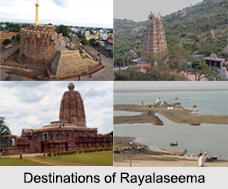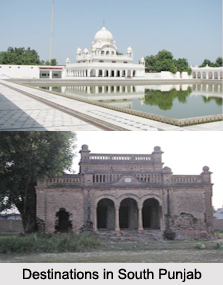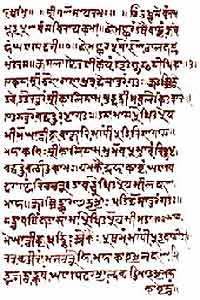 Inscriptions of Early Assam reveal the ancient History of Assam. Ancestral names along with their eulogistic virtues have been engraved on these inscriptions. It has some information regarding Bhaskaravarman, Bhutivarman, Vallabhadeva and so on. Three small clay seals have been discovered at the excavated site of Nalanda and at Alichiga-Tengani village of Barpathar, Golaghat district of Assam.
Inscriptions of Early Assam reveal the ancient History of Assam. Ancestral names along with their eulogistic virtues have been engraved on these inscriptions. It has some information regarding Bhaskaravarman, Bhutivarman, Vallabhadeva and so on. Three small clay seals have been discovered at the excavated site of Nalanda and at Alichiga-Tengani village of Barpathar, Golaghat district of Assam.
The sizes of the Copper plates inscriptions vary, the biggest one being that of Vanamalavarmadeva and the smallest one of Harjjaravarman. There are size variations in both the copper and the stone inscriptions. In case of image inscriptions the words are inscribed on the pedestal of God.
Sanskrit Language has been used in the inscriptions. It is clear that the Sanskrit epigraphy were composed by Sanskrit scholars who possess a great poetic talent. King Dharmapala had composed the first eight lines an inscription. In some inscriptions the names of the composers and inscribers have been mentioned. Certain local forms were incorporated in several writings and the entry of such word forms can be attributed to the influence of the local dialects. The language is a peculiar blending of Kamarupi Prakrita with Sanskrit that indicates the interim stage as far as development of the Assamese language is concerned. In the Harjaravarma the language is Sanskrit as all the names are in Prakritised forms. In Samudrapala inscription is a semi-Sanskrit inscription that is in line with modern Assamese. An inscription of Saka era (1362 A.D.) and its decipherment has led to a conclusion that it was in the old Assamese Language. This is a language where Maithili language and Vrajabuli languages are profusely used. The language of ancient Assam is a Sanskrit influenced by the local languages or dialects.
The script of all the inscriptions of early Assam had Siddhamatrika or kutila script, which was also the early-Nagari script. The style of writing of the inscriptions was in prose and verse. Most of them were written in mixed prose and verse. The copper plate inscriptions are similar to the North Indian inscriptions.
The metre has a beautiful and high standard poetic sense of the composers. More than thirty metres have been used in the verses. These metres were Vamsasthavila, Sardulavikridita, Upajati of Indravajra and Indravamsa, Upajati of Indravamsa and Vamsasthavila, Upajati of Indravajra and Upendravajra, Anustubh, Indravamsa, Indravajra, Upendravajra, Upajati of Upendravajra and Indravamsa, Anustubh, Indravamsa, Indravajra, Upendravajra, Upajati of Upendravajra and Indravamsa Sragdhara, Mandakranta, Vasantatilaka, Sikharini, Arya, Anustubh, Rathoddhata, Salini, Pramitaksara, Anustubh, Giti variety of Arya, Upajati (Vasantatilaka and Indravajra), Puspitqgra Sloka, Malini, Anusthubh, Arya, Harini, and Upajati of Indravamsa and Indravajra.
Inscriptions of early Assam adopted the Kavya style. The inscriptions are religious and secular. The eulogistic and donative inscriptions are considered. The secular epigraphs were issued as royal notices given by the king or the local authorities. On the basis of the subject matter, the inscriptions are classified: Commemorative, Royal Decree, Commemorative cum Donative, Eulogistic cum Donative and Commemorative cum Eulogistic cum Donative.
The contents of the inscriptions are divided into short and long. These short inscriptions are commemorative cum donative and bear the name of the donor, donee. In the clay seals, the genealogical list of the kings has been illustrated. The royal decree inscriptions had the authorities` instructions, rules and regulations for different sections of people.
The opening lines of the long inscriptions have been addressed to Lord Shiva, Lord Vishnu and even Lord Ganesha. Thereafter it is seen that a genealogical list where Most of the inscriptions give mythological allusion while depicting the virtues and powers of their ancestors. The kings are compared to Lord Indra, Lord Vishnu, Lord Siva and Lord Varuna and so on. The queens are compared to the consorts of Hindu gods like Sachi, Aditi, Padma, Parvati and Goddess Lakshmi. The kings and queens are compared to the characters of Mahabharata and the Ramayana.
In some of the inscriptions battle fought by the kings and capital city descriptions have been mentioned. Names of certain capital cities have been mentioned like Pragjyoytishapura, Hatappesvara or Hadappesvara, Durjjaya, Kamarupanagara and so on. In some inscriptions the names of the engravers of the grant have been mentioned at the end. In some inscriptions there are some lines by which the future kings and others are warned against depriving the beneficiaries from the grant benefits.


